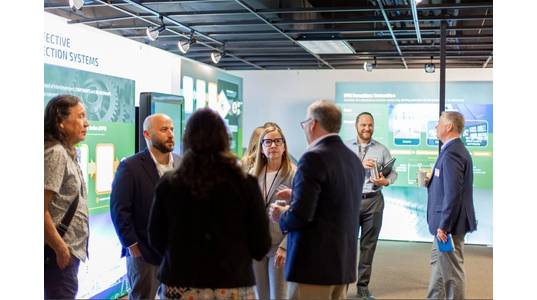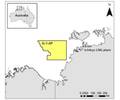
The Department of Energy’s Office of Technology Transitions has awarded $7.4 million to develop seven projects at Sandia National Laboratories aimed at advancing clean energy technologies.
In total, DOE’s OTT announced $41.4 million in federal funding for 50 projects at 17 national laboratories to propel clean energy solutions. This year, Sandia had 13 submissions totaling $16.9 million. The $7.4 million award represents a significant success for Sandia in its efforts to transfer technology out of the labs.
This year’s funded projects include:
RAIICE: Rapid Artificial Intelligence Innovation Cycles for Energy aims to reduce the barriers to commercialization of lab-developed artificial intelligence and machine learning technologies within the clean energy sector. RAIICE will position the DOE enterprise as an accelerator of AI and machine learning innovation for clean energy advances and drive new technologies.
Mobilizing under-utilized vessels for tidal energy capture: Many coastal communities in Alaska have untapped tidal or river energy and, in the offseason, many vessels sit idle. This corresponds to a period of high electrical demand, and for communities powered by traditional hydropower, low electrical power availability. During these times, these vessels can be used as floating energy making platforms by installing temporary, deployable tidal or river current energy capturing systems. Through partnerships with Sitkana and Hydrodynamic Power Systems, Sandia will assist with the design, operation and testing of these systems.
Industry-requested wind turbine model validation method using national laboratory measurement expertise: Wind turbine original equipment manufacturers rely on aeroelastic models of their turbines to design new products with both high performance and reliability. Recent fleetwide failures of turbine reliability at several large OEMs have exposed flaws in the modeling process and the corresponding model validation process. Recent efforts at Sandia have resulted in the development of a unique measurement capability that could work in service of the OEM model validation process.
Demonstration of a traveling wave-based protection scheme for distribution systems with high penetration of distributed energy resources: The project aims to pilot Sandia’s fast fault detection and location prototype using Traveling Waves for power distribution systems. That includes the need to de-risk the most pressing challenges for this technology’s viability and eventual commercialization. With this funding the project team will be able to address these risks on the path to market and identify future partnership and commercialization opportunities.
“These projects allow Sandia to have more of an impact on the local, regional and national economies,” said Mary Monson, Sandia’s senior manager for Technology Partnerships and Business Development. “The funding fosters close partnerships with industry and academia to implement innovative approaches and overcomes barriers for commercializing lab-developed technologies.”



